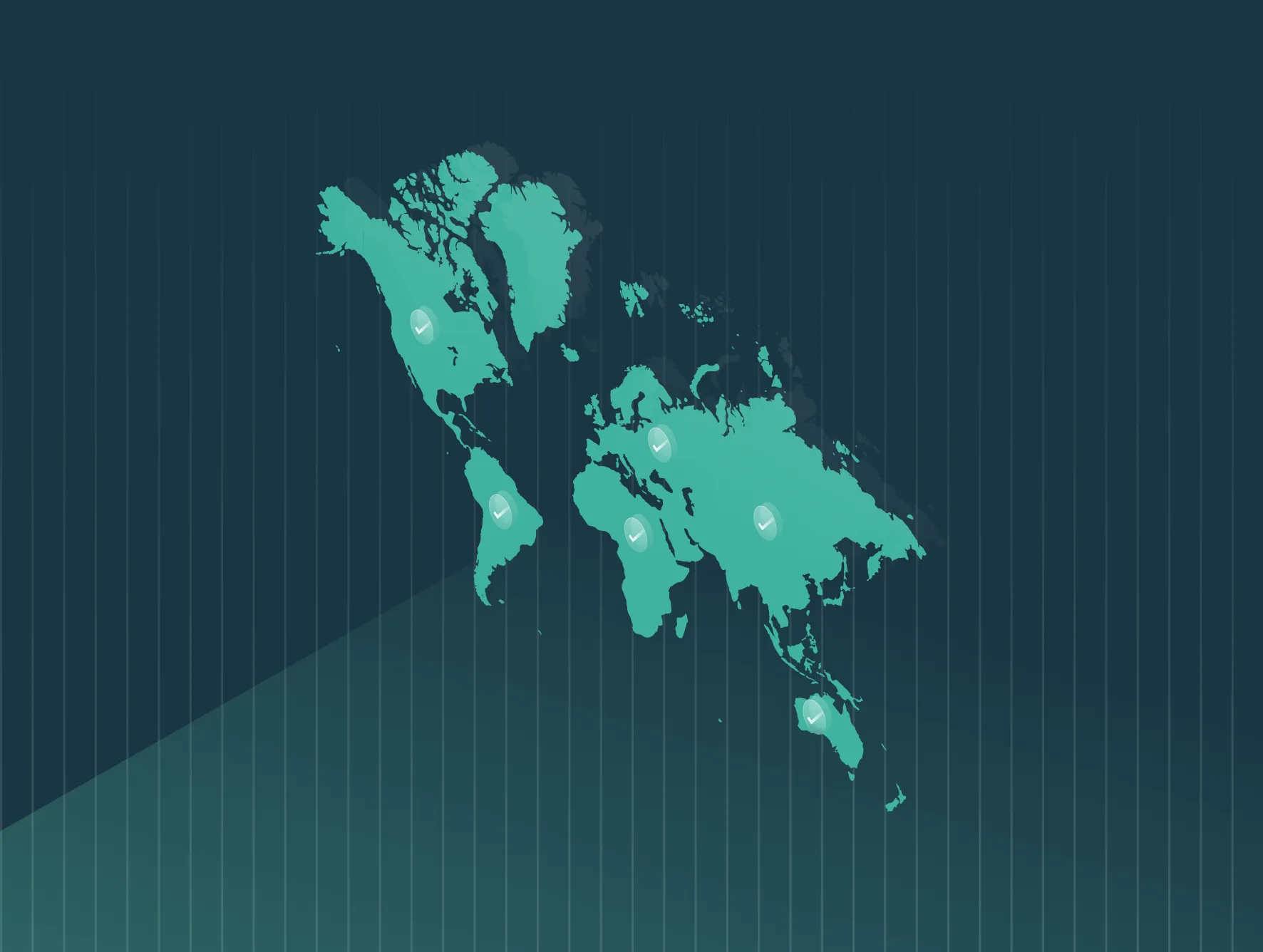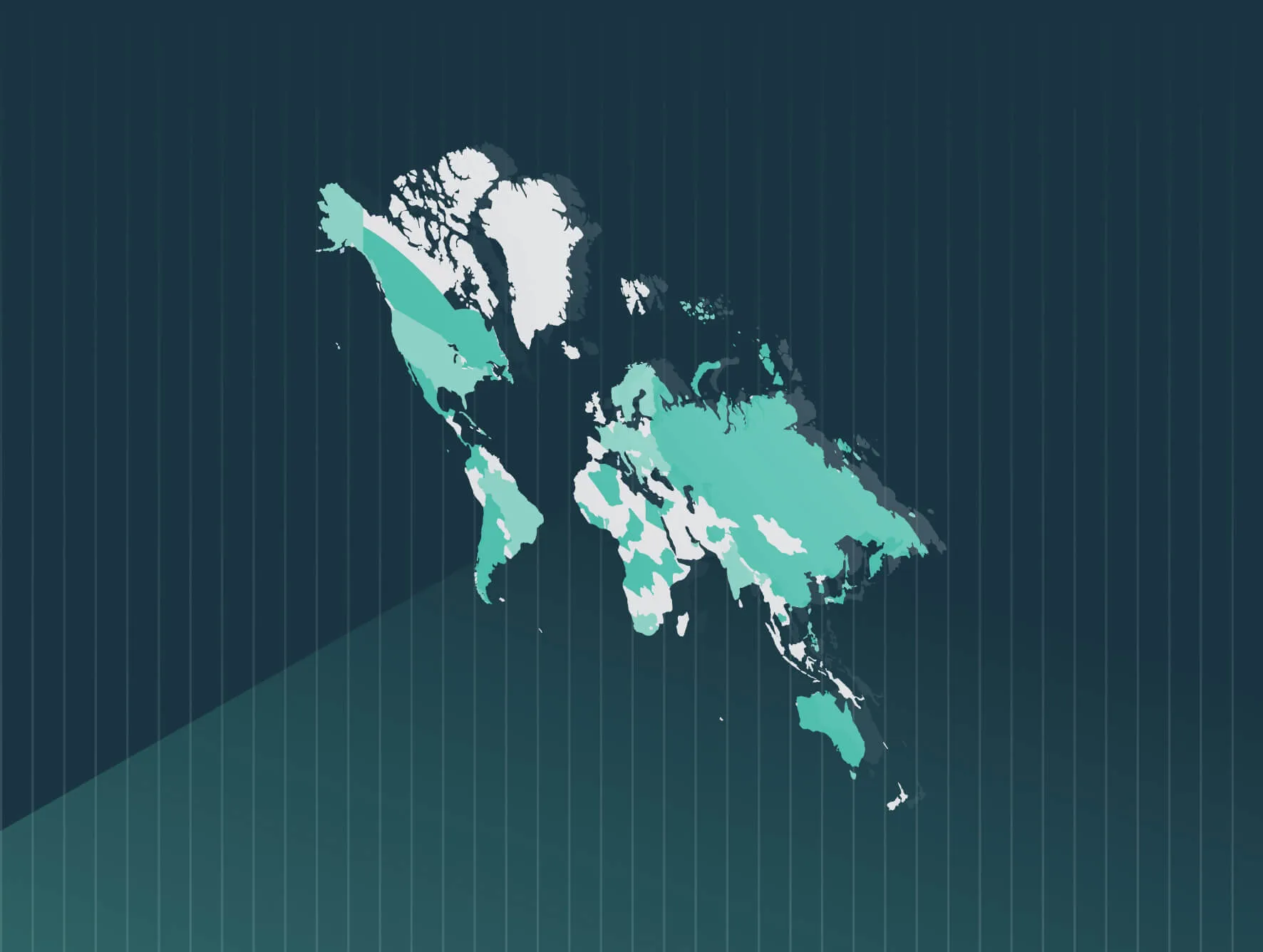For nearly three decades, Equal Pay Day has symbolized how far into the year women have to work to earn what men earned in the previous year. This year, it moves forward to March 12, representing incremental, significant progress in closing the gender pay gap.
While all progress is welcome, the headline figures don’t tell us the whole story, as we explain below.
Background to Equal Pay Day
Equal Pay Day is an initiative of the National Pay Equity Committee (NCPE). Originally called “National Pay Inequity Awareness Day” on its launch in 1996, it was renamed Equal Pay Day in 1998. Equal Pay Day is an integral part of Women’s History Month, which celebrates women’s contributions through American history. And this year it comes with a reason to celebrate.
Latest figures from the Bureau of Labor Statistics reveal the pay gap reached a record low in 2023. Women working full-time now earn an estimated 83.8% of men’s earnings. Previously, a Pew Research study found the pay gap unchanged in 20 years.
Figures for all women show there is still work to do, however, as “all earners” (that’s full-time, year-round, part-time and part-year) earn just 78 cents for every dollar men earn. To put it into monetary terms, over the course of a 40 year career, a women earning the median wage would lose almost $400,000. For women of color that figures soars to almost $900,000, and it’s over $1.2M for Latina and Native women.
Closing the Wage Gap in the United States
Across the U.S., the gender pay gap varies by state. Figures from the National Women’s Law Center show the smallest wage gaps in California and Vermont. Women in both states earn around 89 cents for each dollar men make. That’s in stark comparison to Utah, where they make just 73 cents.
When we delve deeper, the figures paint a bleaker picture. Black women earn just 67 cents per dollar compared to White, non-Hispanic men overall. For Native and Latina women the gender pay gap widens; they earn an average 57% of men’s pay.
Expanding Pay Equity Legislation
2024 has seen pay equity legislation strengthened in several states, including California, Hawaii and Colorado. Columbus, Ohio and the state of Minnesota are the latest jurisdictions to enact salary history bans, and pay transparency is expected in Washington D.C. on June 30. California also strengthened its pay data reporting requirements for 2024.
At the federal level, closing the gender pay gap is a clear priority:
Pay equity prioritized by the EEOC: The EEOC’s Equity Action Plan aims to tackle systemic discrimination, advance equity, and better serve marginalized communities. Improved pay data reporting analysis plays a key role in those aims. Further, its Strategic Enforcement Plan names advancing equal pay as a targeted priority 2024 through 2028.
OFCCP requires compensation data: Expanding OFCCP compliance announced in August 2023, is part of a wider push for pay equity at the federal level. Amendments relate to the scope of required employee level compensation data and pay explainability. Additional pay transparency measures have also been proposed for federal employers by the Biden Administration.
Two pieces of equal pay legislation are poised to transform pay transparency requirements, if passed into law:
National Salary Transparency Act: Introduced on Equal Pay Day 2023, HR1599 would amend the Fair Labor Standards Act (FLSA) to require covered employers to disclose the “wage range” for public and internal open job postings.
Paycheck Fairness Act: Reintroduced in 2023, the Act aims to strengthen the Equal Pay Act of 1963, and enable women to challenge pay discrimination. Measures include a salary history ban and protecting workers from retaliation for discussing pay with colleagues.
Commit Your Organization to Pay Equity
As legislation expands, committing to pay equity is not a matter of if, but when. To mark Equal Pay Day, consider the following steps:
Introduce pay transparency in job listings: Pay transparency is a vital tool to attract Gen. Z talent, who will likely account for 30% of the workforce by 2030. An Adobe survey found that 85% are less likely to apply to a job listing that excludes pay. Pay equity software supports the creation of equitable, compliant job postings and enables a consistent approach to pay range disclosure.
Implement a salary history ban: Eliminating reliance on compensation history in hiring decisions closes wage gaps. A study from the Institute for Women’s Policy Research found that bans reduce the gender pay gap by 4.2% in hourly wages, and 4.5% in weekly earnings. Pew Research also identified low pay as the most significant factor behind people quitting their jobs during the Great Resignation.
Conduct a pay equity audit: Gartner research shows that less than one-third of workers believe they are fairly paid. Evaluate how your pay structures support workplace equity, as well as external competitiveness, to rebuild trust. An intersectional pay equity audit identifies the root causes of pay disparities, including systemic factors such as unconscious bias.
Pay equity software supports your efforts to close the pay gap, reducing the risk of penalties, and pay discrimination claims. Start your journey to equal pay today.









